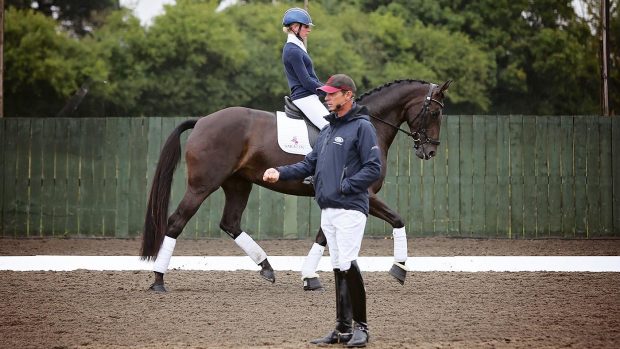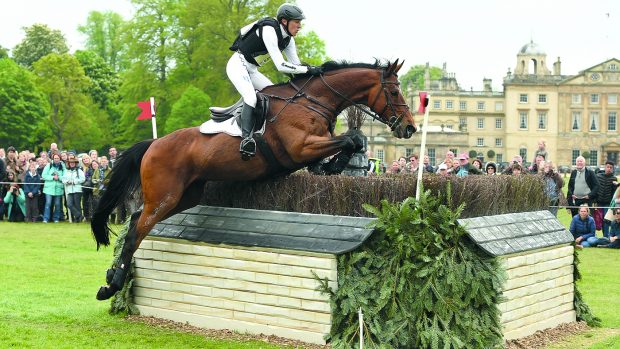Latest dressage news
An attempt to move up a level in dressage can often result in a bewildering array of low marks.
We asked two of Britain’s top dressage judges for their advice on where riders typically fail in their preparation for elementary level tests — and training tips to help avoid these potential problem areas.
Isobel Wessels, international and List One judge, says:
“The ‘simple change’ is the forerunner of the flying change. Many say their horse anticipates the simple change, but this is an indication that he is behind the leg and should be ridden forwards.
“A judge will not mark a pair down severely if the downwards canter-to-walk transition is not absolutely direct. But we do expect a good walk-to-canter transition.
“Nobody wants to see the most mechanically simple change if the horse is pulled back into it and stiff throughout the movement. We would rather there was a slight loss of balance if the horse is otherwise fluent, straight and on the bit.”
David Trott, international and List One judge and former British chef d’equipe, says:
“Transitions are becoming more direct and circles smaller, so riders should take advantage of being able to rise to the trot instead of choosing to sit. Too often, the horse is crucified through the back when the rider sits, losing all the swing and looseness that he displayed at novice level.
“Many riders would gain more marks for rising. Instead of tensing behind the saddle and becoming stiff over the loins, the horse would then start to move his back muscles and develop lengthened strides and more cadence.
“On another note, elementary is the first level at which the use of a double bridle is allowed. Don’t make the mistake, however, of using it as a means of getting the horse on the bit. Too often, a double is badly fitted and does not enhance a horse’s way of going.”
For advice on moving up to novice, medium, advanced, small tour and big tour, see the dressage special issue of Horse & Hound (8 April, ’10) — OUT NOW
Get the latest dressage news
Looking for more dressage training tips?



